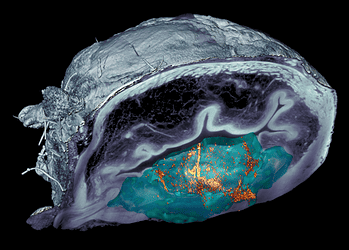It may surprise you to know that a life-threatening disability after complete spinal cord injury is urinary dysfunction – although numerous strategies and treatments have been tried, in the attempt of regrowing the severed axons, their success has been very limited. Now, researchers have finally come up with a solution that works, at least in rats.
Paralyzed rodents can now decide by themselves when they need to take a leak – instead of dribbling out urine, they squeeze out shots of pee almost like healthy rats. The benefits this could bring to paralyzed people are huge.
“This is a very big deal,” says neurologist John McDonald of the Kennedy Krieger Institute in Baltimore, Md. If the treatment works in people with spinal cord injuries, he says, “it would change their lives.”
The thing is, unlike paralyzed rats, paralyzed humans can’t leak urine to relieve a full bladder. They have to be fitted with a catheter, or else their urine leaks back into their kidneys.

Over several months, the damaged nerves slowly regenerated. They inched down through the grafted nerves, and then, says Silver, “they kept going and going like little Energizer bunnies.” After six months, the rats mostly regained control over their bladder, and even started to wiggle their legs a bit – which was pleasant surprise.
“This is one of the most important steps that I have seen in recent years,” says neuroscientist Lars Olson of the Karolinska Institute in Stockholm.
Scientific article






